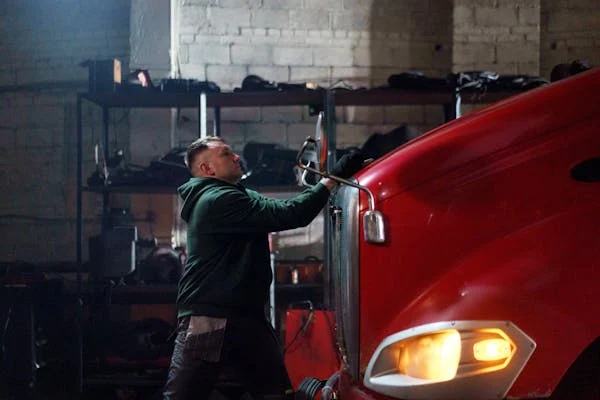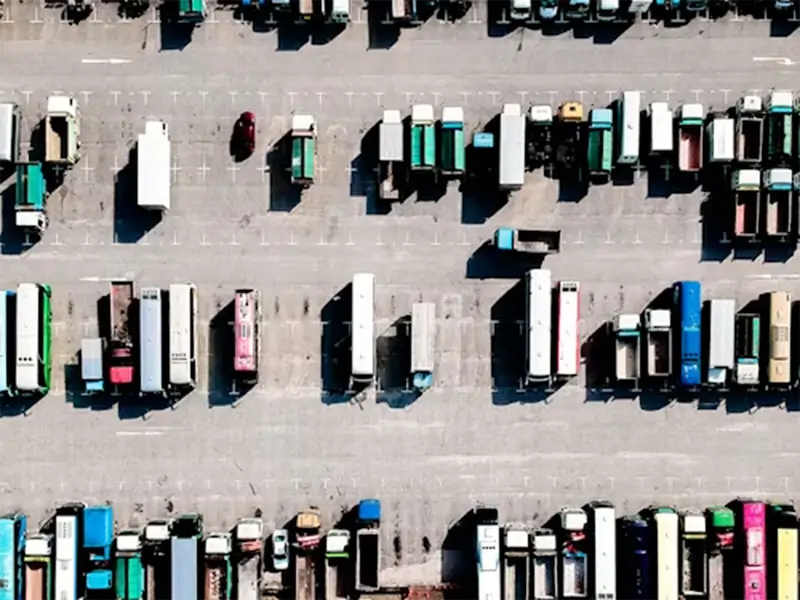5 Important Regulations New York Truckers Need To Know
Truckers face an even greater challenge while navigating New York’s congested roadways while simultaneously being subject to a tangled web of federal and state laws. To ensure the well-being of truckers, other road users, and the logistics and transportation system as a whole, it is essential to comprehend and adhere to these regulations.
With almost a thousand miles of official roadway, New York City boasts one of the US’s most intricate trucking route systems. There are national standards for truck drivers to follow, but due to the city’s distinctive architecture and traffic patterns, New York City truck drivers must adhere to additional regulations. Here are some truck driving regulations to remember if you’re going to be in the New York region.
1. Size and Weight Restrictions
One of the most important rules that truck drivers in New York must know and follow is the size and weight restrictions. These restrictions prioritize infrastructure, safety, and road maintenance. The combined truck and cargo weight limit in New York is 80,000 pounds. Having said that, axles are subject to certain weight limits:
- No vehicle may exceed 20,000 pounds with a single axle.
- Up to 34,000 pounds can be hauled using a tandem axle.
- The Federal Bridge Formula finds the gross weight on any set of two or more consecutive axles.
Truckers New York need to be mindful of size constraints in addition to weight limits. Vehicles cannot exceed 8.5 feet in width and 13.5 feet in height. A combination of vehicles can be up to 65 feet long. However, a single vehicle cannot exceed 40 feet in length.
To lawfully operate a vehicle within the state that is oversized or overweight, specific permissions are needed. To avoid traffic and stay safe, these permits require you to travel only at certain times and along particular routes.
Related reading: Best Practices for Highway Driving
2. The Need for Cross-Over Mirrors
Any vehicle that meets the criteria to be classified as a commercial vehicle registered in New York State and operated within the city limits must have front cross-over mirrors installed. Due to their height, truck drivers may have trouble seeing what’s immediately ahead of them, including pedestrians and other obstacles. Pedestrians have lost their lives at alarming rates due to this front blind area.

It can be challenging for truck drivers to perceive what’s going on just ahead of their cars due to the height of big trucks. Many pedestrian fatalities in New York City can be attributed to this. These mirrors will almost completely remove the blind spot and provide the driver with a better view of what’s right ahead of the truck. They are also reasonably inexpensive to install.
3. Some Roads Are Off-limits to Trucks
The low clearance overpasses and small lanes of any parkway in New York City or New York State make it unsafe for large commercial vehicles, trucks, or tractor-trailers to drive there. Bridge clearances as low as 6’11” are available on certain parkways. The truck driver and other drivers on the road are both protected by this regulation. Punishments for infractions of the parkway regulations encompass:
- Points or fines assessed on your driver’s license
- Can low-clearance bridges damage your truck?
- Damage to the physical structures
- Personal or public harm
- Compensation for the City’s Damaged Infrastructure
- Fees for towing over $10,000
- Job loss
- Earnings that have been lost
If a truck driver inadvertently gets into a parkway and there is no bridge connecting them to the next exit, they must exit the parkway immediately. They need to get to the shoulder, activate their hazard lights, call 911, and wait for help if they can’t get out. Flares and cones, used as hazard warning materials, can also assist in preventing accidents.
4. Keeping Your Truck Serviced Regularly
It is mandatory for trucking companies to regularly inspect and maintain their commercial vehicles. Brakes, tires, lighting, and general mechanical condition are all part of the scope of these examinations. We need to fix any problems that we find as soon as possible. To provide a documented history of vehicle maintenance, trucking companies are also required to maintain meticulous records of these inspections.

5. Maintaining Punctual Hours of Service
New York City has stringent regulations known as Hours of Service (HOS) that trucking businesses must follow regarding the amount of time their drivers can spend on the road. It’s crucial because accidents can be caused by sleepy drivers. Research conducted by the FMCSA indicates that 13% of commercial drivers involved in truck accidents were experiencing signs of weariness when the incident occurred.
There is a lot of pressure on truckers to drive so they may achieve their deadlines and earn more money. The FMCSA has instituted driving time restrictions to stop this and ensure all motorists’ safety. When it comes to these regulations, trucks transporting passengers and goods are treated differently.
In the end!

Truckers must stay informed and comply with the numerous rules that control the trucking sector in New York. Ensuring safety, protecting infrastructure, and reducing environmental damage are the goals of these standards.
Ultimately, truckers can run their businesses lawfully and efficiently in the state if they follow the restrictions regarding size and weight, service hours, vehicle inspections and maintenance, driver qualifications, and environmental protection. In addition to assisting with fines and penalties, familiarity with and adherence to these rules promotes the long-term health and viability of New York’s transportation sector.

